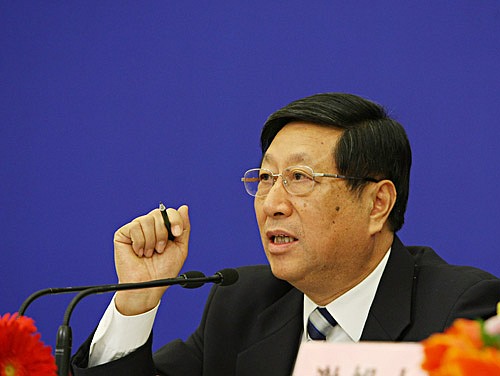|
 |
|
Zhang Ping, Minister of the National Development and Reform Commission (JIANG XIAOYING) |
The 4-trillion-yuan ($586 billion) stimulus package has been an important part of China's countermeasures to the financial crisis, said Zhang Ping, Minister of NDRC. First, the stimulus package delivered a strong boost to market sentiment and strengthened confidence to shake off the downturn. Second, it has effectively widened domestic demands, allowing the economy to reduce its dependence on exports. Third, massive investments have properly addressed problems of the economy glossed over in past boom times. Fourth, the package is helpful with improving the people's livelihood and conditions for industrial productions. Fifth, China's bailout plan also had a positive impact for the recovery of the world economy, and provided a fresh source of confidence for the crisis-stricken Western world.
More specifically, the Central Government allocated 924.3 billion yuan ($135.4 billion) in public investments in 2009, 503.8 billion yuan ($73.8 billion) more than the previous year's budget, according to Zhang.
All money was effectively used to revitalize the economy and no capital went into the real estate market, energy-guzzling sectors, highly polluting industries or exports of resource products, he said.
Around 44 percent of the capital was distributed to affordable housing projects, rural infrastructure, social welfare, education and culture. Around 16 percent of the investments were used to support industrial innovation and technological upgrades, energy conservation and emission reduction, as well as environmental protection, said Zhang.
Infrastructure projects including railways, highways, airports and ports accounted for 23 percent of Central Government investments, and reconstruction in quake-hit areas made up 14 percent, he added. |
